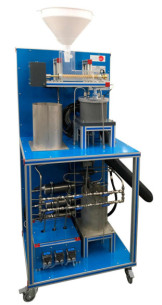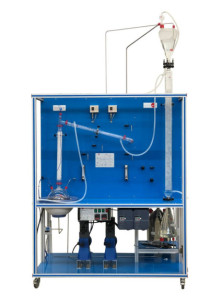Chez EDIBON, nous sommes engagés à renforcer les compétences comme pilier stratégique pour la compétitivité et le bien-être social de l'Union européenne. Une formation adéquate renforce non seulement l'économie, mais permet également aux individus de participer pleinement à la société et à la...
Dans un monde où la demande en énergie ne cesse d'augmenter et où les ressources non renouvelables s'épuisent rapidement, la nécessité de trouver des solutions durables et respectueuses de l'environnement n'a jamais été aussi urgente. L'économie circulaire et l'utilisation de la biomasse...
 Préférences sur les cookies
Préférences sur les cookies












